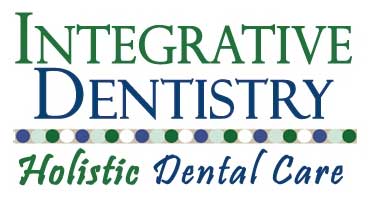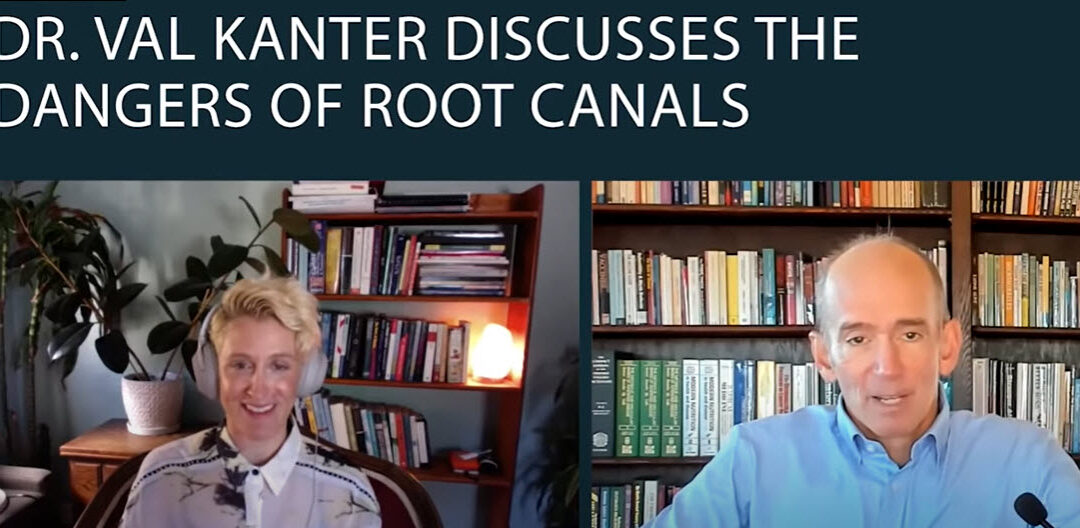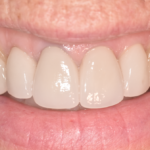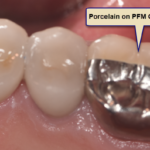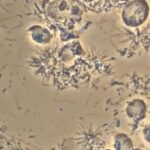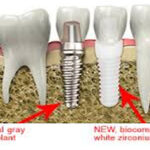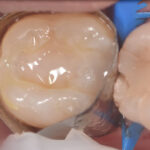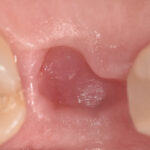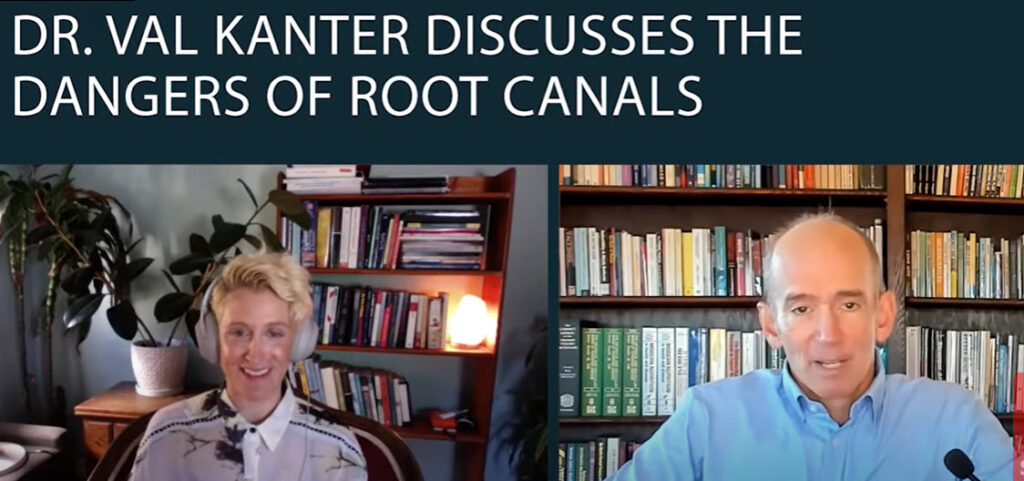
I was a little surprised when I heard that Dr. Mercola interviewed Dr Kanter, a root canal specialist. Dr. Mercola is a man with a mission, familiar to many health-minded people as an advocate for natural health. The current conversation about root canals among many of his followers is generally along the lines of: ‘If you need a root canal, extract the tooth!’ or ‘Why would you want a dead tooth in your mouth?’
Most holistic people and alternative health practitioners are familiar with the work of Dr. Weston Price, who postulated that root canals can be toxic almost a hundred years ago. Following in Dr. Prices’ footsteps, Dr. George Meinig wrote the book Root Canal Coverup in the 80’s. Many people also know of the controversial Netflix documentary Root Cause, in which a number of practitioners discuss the dangers of root canal therapy. The movie has since been pulled from Netflix.
So why would Dr. Mercola actually interview Dr. Val Kanter, a root canal specialist? Well, Dr. Kanter also has a mission. Advances in technology such as the 3D scan along with the protocols she has developed using ozone and a specialized laser called the Fotona laser address the issues that commonly cause root canal failure.
How Often do Root Canals Fail
According to research the number of root canals that eventually fail is upward of 40%, a number I verified in a pilot study I did in my own practice. A 40% failure rate of the 15 million root canals performed in the US annually is a huge number. Full disclosure: the failure rates of 40% includes all root canals done by all dentists. The failure rates with specialists doing root canals is far less because of better technique and equipment.
Why are Root Canals Even Done in the First Place
One reason so many root canals are being done is that people still want to save their teeth and this is the only way to save a tooth after it gets infected! After all, extracting teeth can cause other problems, such as a shift in the bite. How do you effectively replace missing teeth; with a bridge, implant or removable partial? This is a whole other subject! However, because of the immensity of the problem and difficulty in replacing existing teeth with false teeth, I studied with Dr. Kanter a few years ago and have been using the laser, along with ozone, to provide an updated approach to root canals.
What the Fotona Laser Does That’s Different
What Dr Kanter told me the first time we spoke is that one of the goals is to re-establish the PDL, or periodontal ligament, around the root of the tooth. The PDL is a ligament/membrane around the roots that acts like a shock absorber but also has secondary blood supply and nerve supply. If the PDL can be restored or left intact, the tooth is no longer ‘dead’, as it still has a nerve and blood supply.
At first I did not believe that this was possible. But then I thought, “What if you could heal the tooth and re-establish the biological connection of the body to the tooth itself?” So I began using the Fotona laser 3 years ago. What I have discovered since then is the incredible healing that’s possible if you give the body what it needs. This is where I completely agree with Dr. Mercola. Give the body the building blocks in the form of proper nutrition, but also energetically to stimulate the healing potential inherent in the tissues and stem cells of the body.
In short the Fortona laser helps to address and remediate three bacterial issues that can result in root canal failures:
- Bacteria left in the main canal system of the tooth
- Bacteria left in the tubules of the roots
- Infection left in the bone around the end of the tooth root
The protocol using the Fotona laser with ozone address all of this. Ozone and other solutions are placed in the tooth and the laser is placed above the open canals. Here is a video of the procedure. The solutions are bubbled through the canals and tubules.
What I Have Learned About Root Canals by Using the Fotona Laser
- It is possible to re-establish the biological connection of the body to the tooth even after root canal therapy
- Root canals done with the Fotona laser seem to heal in about half the time on average in my experience
- It’s not the root canal itself that is bad, it’s the bacteria that’s left behind during root canal therapy
- If you handle the bacteria and use biocompatible root canal materials the body is able to heal a root canal infection
Other Issues to Discuss When Diagnosing and Treating Root Canals
- A 3D scan can pinpoint the location of infection around root canals, allowing for more targeted treatment that was not possible before.
- Teeth have a network of tiny canals called tubules that deliver nutrients to the tooth. A traditional root canal cannot reach the bacteria in these tubules.
- The files used during root canal therapy cannot reach 30% of the root surface leaving microscopic debris and bacteria.
- Because of missed bacteria the immune system has another job to do 24/7, and this results in pain and re-infection for some.
George Meinig wrote in his book that he looked forward to the day when technology would improve the root canal procedure so that the result would be better and mostly bacteria free. Keep in mind that he wrote his book before many of the technological advances we have available to us today. In fact he mentioned specifically lasers as one of the technologies that he held in high regard. He left the door open for lasers to play a significant role in improving the results possible with root canal therapy. In my opinion that day has arrived through the use of the Fotona laser and ozone.
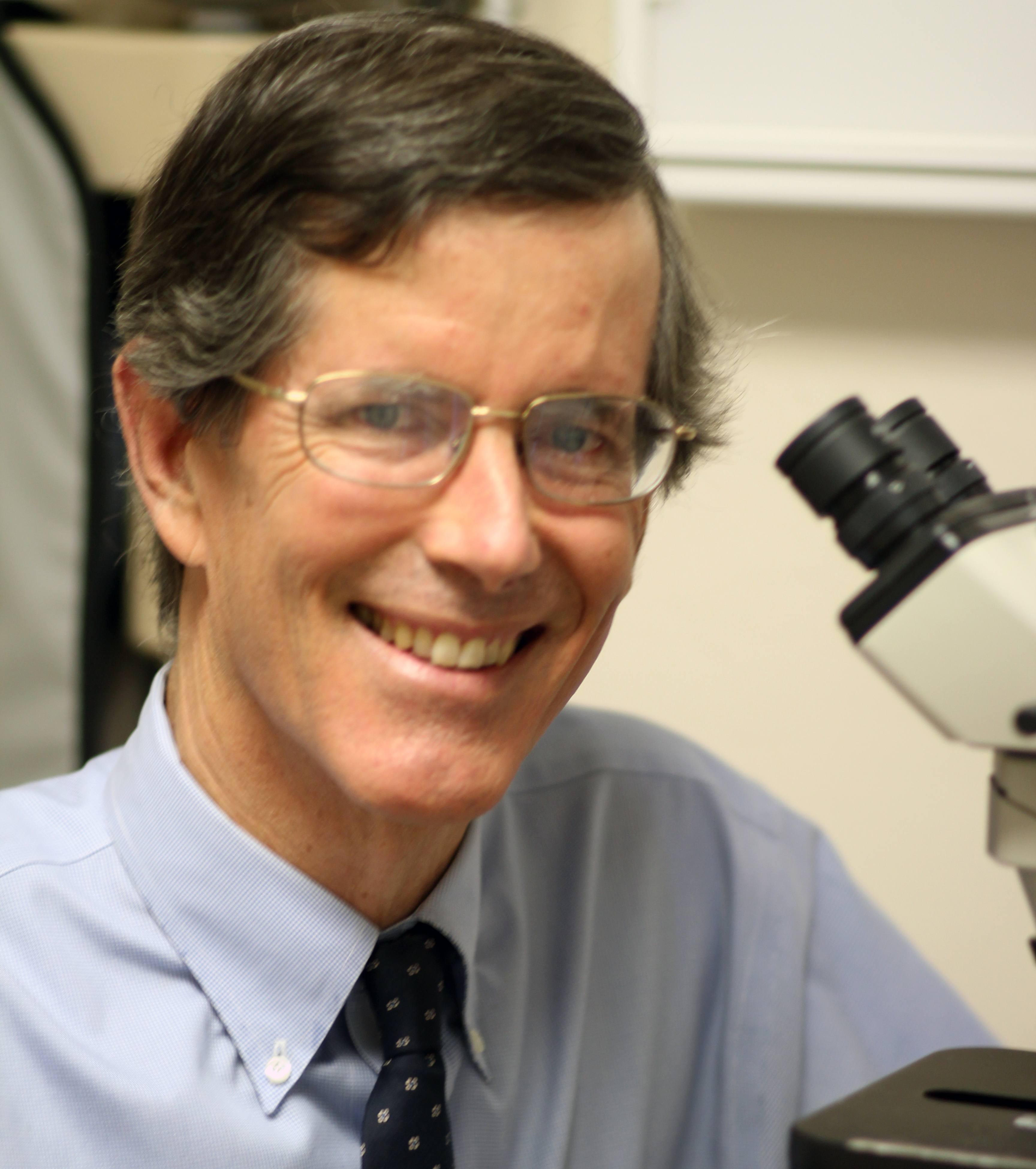
Carey O’Rielly DDS has been a practicing dentist for 35 years. He went to USC Dental School and Duke University for his undergraduate degree. He grew up in Laguna Beach and now lives in La Costa with his wife Victoria, who runs his office.
He began his career by owning and operating a network of six offices in the San Francisco Bay Area. Presently he owns a private holistic practice in North County San Diego’s Encinitas.
Dr. O started looking for solutions to his health challenges that resulted from the stress and environmental toxicity that built up over a ten year period running his dental network. He has dedicated himself to learning about oral systemic problems and how dentistry can affect your health. He has applied what he has learned over the last twenty years to ensure he, his staff and his patients are protected from the chemicals and toxic materials found in most dental offices. He has produced an environmentally friendly office that is also peaceful and calm.
He is an expert on dental materials having looked at hundreds of biocompatibility lab tests over the years. He has identified the most bio-friendly materials to use in his practice and which dental materials can be used to replace metal fillings and crowns, including BPA free and fluoride free ‘white’ fillings. He also uses metal-free Zirconia or ceramic implants and PRF (platelet-rich fibrin) grafting materials which come from the patient’s own blood.
Dr. O’Rielly teaches C.E. courses on the systemic effects of gum disease. He is an expert in using phase contrast microscopy for analyzing dental infections, where he shows patients what kind of microbes, i.e. bacteria, amoeba, and yeasts like candida are populating the mouth and affecting the body as a whole.
He has an educational blog and is writing a book on dental health called ‘Hidden Dental Infections: Healing Root Canals and Infected Teeth with the Erbium Laser’ where he discusses dental nutrition, toxic dental materials and the effects of old root canals on inflammation and overall health.
